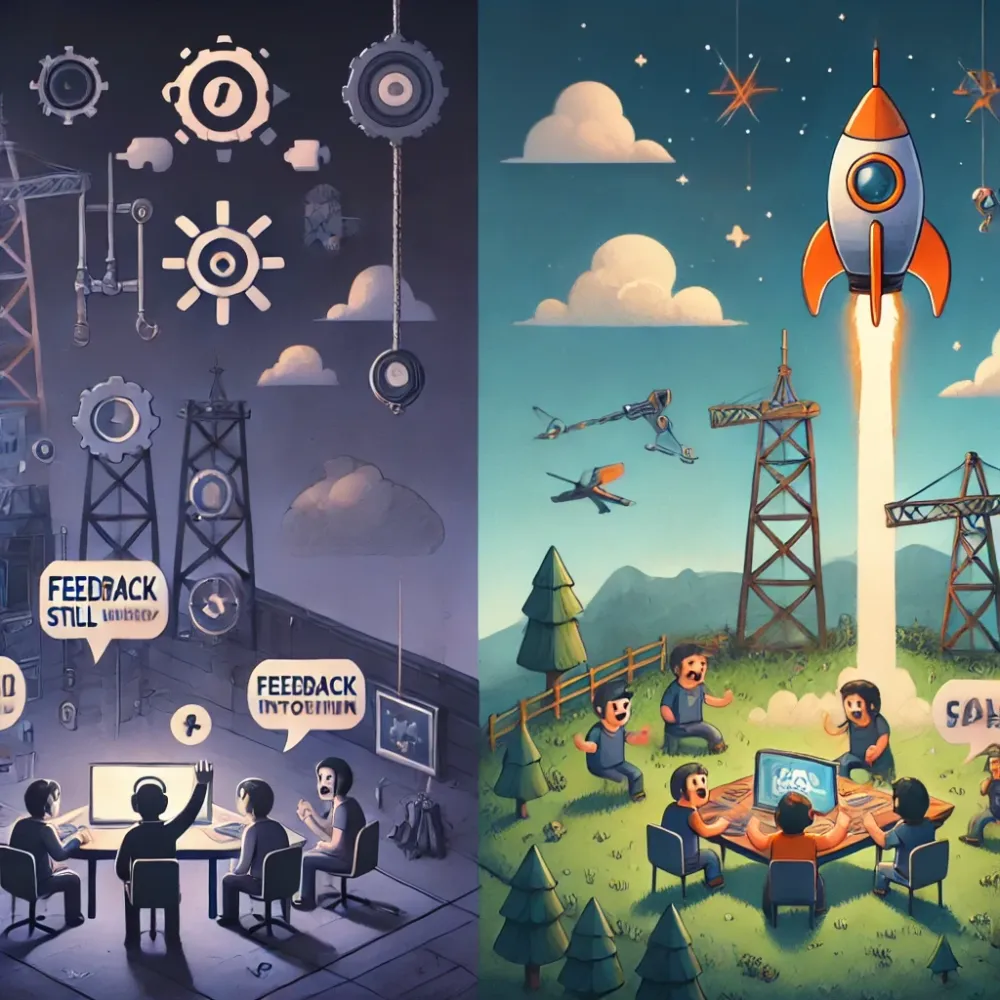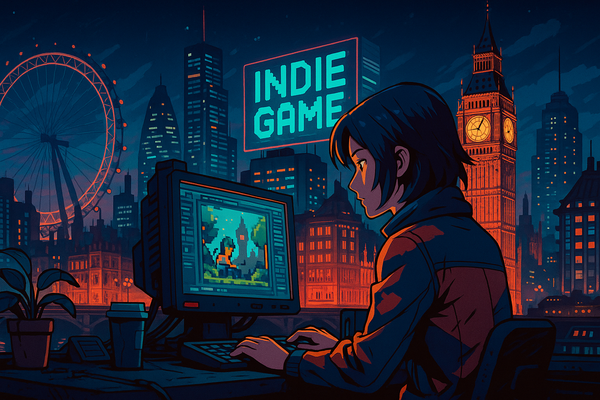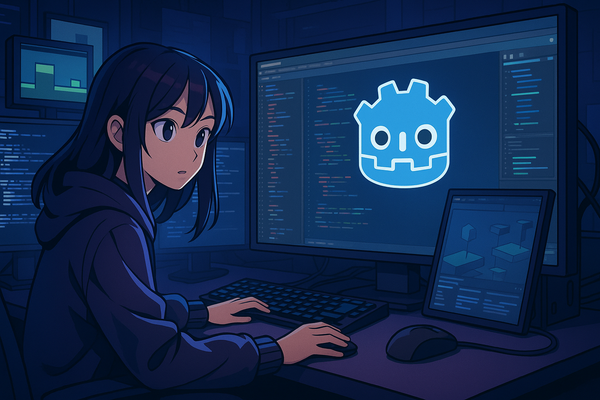How early access drives indie game success and player engagement
Early Access has evolved into a powerful tool that not only provides much-needed funding but also enhances player engagement. While traditional marketing tactics like trailers and press releases can build initial hype, Early Access offers developers a unique opportunity to involve players directly in the development process. This engagement can turn early adopters into long-term supporters, giving indie games a competitive edge.
What is early access?
Early access allows developers to release a game in an unfinished state, inviting players to test the game, provide feedback, and support the game financially before its official release. This model, initially popularized by Minecraft, has since become a go-to strategy for many indie developers looking to fund and refine their games through an iterative process(Gamespublisher.com).
Benefits of early access
- Funding and financial support: For many indie developers, financial resources are often limited. Early Access allows developers to generate revenue before the game is complete, providing the financial stability needed to continue development. By selling the game early, developers can reinvest the money into improving the game’s mechanics, art, and overall quality.
- Player feedback and iterative development: One of the most significant advantages of Early Access is the opportunity to gather feedback from a dedicated player base. This feedback is invaluable as it allows developers to identify bugs, test gameplay mechanics, and make improvements based on real player experiences. For instance, games like Subnautica used Early Access to engage players and gather insights that shaped the final product(Empowered GG).
- Building a loyal community: Early Access helps developers build a passionate community that feels invested in the game’s success. Players who join in the early stages often become vocal advocates for the game, sharing their experiences and promoting the game through word-of-mouth marketing. This dedicated fanbase can create a snowball effect, helping to boost the game's visibility(Wardrome).
- Marketing and visibility: Early Access games often gain media attention and community interest early on, providing ongoing exposure throughout development. Platforms like Steam and Itch.io offer prominent Early Access sections, allowing indie developers to reach a wider audience. This early visibility can drive long-term success, especially if the game’s community continues to grow(Indie Game Academy).
Challenges of early access
While Early Access offers numerous benefits, it also comes with risks. Developers must ensure they maintain transparency and responsiveness to player feedback. Failing to meet player expectations or leaving the game in an unfinished state for too long can lead to a loss of trust, damaging the game’s reputation. This is why it’s essential for developers to have a solid development plan and clear communication with their player base.
Why early access is essential for indie success
For indie developers, Early Access is more than just a way to fund development—it's a strategy that fosters player engagement, builds community, and shapes the final product based on real-world feedback. When implemented thoughtfully, Early Access can be a cornerstone of success, allowing developers to refine their game while growing a loyal and invested player base.




